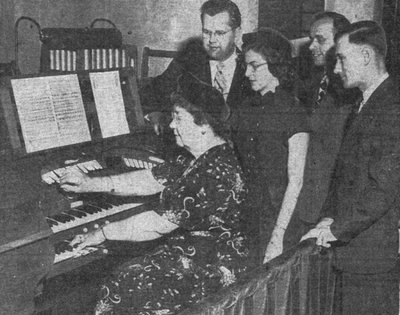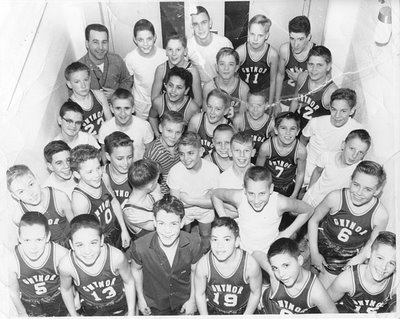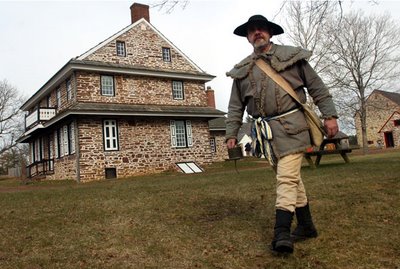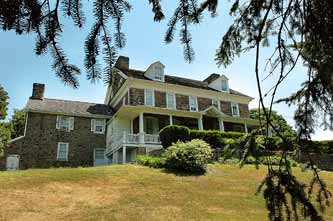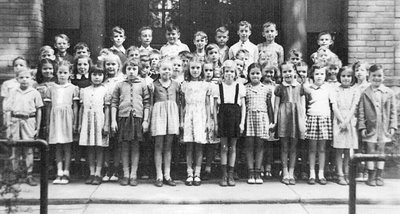Hot enough for ya?
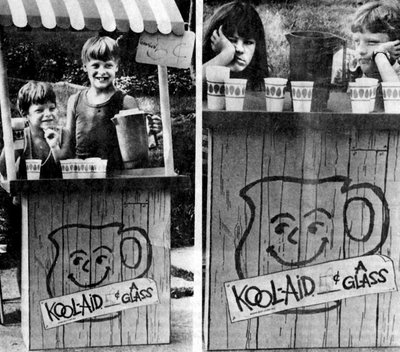
We’ve all been complaining about the heat and humidity lately. But, as we all know, it’s July and this is what we can expect.
And 30 years ago, the region was sweltering away as well.
Glenda Moyer of Lansdale has submitted these photos that ran in the July 22, 1978, edition of The Reporter — well, it was named the North Penn Reporter back then — and they show that it was hot then, too.
The information that ran with the “Kool-Aid Kids” photos noted:
“Even a cold drink brings little relief from the muggy weather, as these youngsters found yesterday. The brothers and sisters opened competing cold drink stands on the corners of Derstine and Cannon avenues, Lansdale, but sales weren’t booming.
The information accompanying the top photo said, “At left, Shawn Moyer, 5, and his brother Steve, 8 of Columbia Avenue, wait for business.
“In photo at right, their sister Yvonne, 9, at right, and her friend, Julie Lichty, look grim as they await some hot weather business. The boys said they made about $1.30 in sales. But there was no report from the girls.
The information for the second photo said, “Below, a herd of cows on the Alderfer farm, off Orvilla Road, Towamencin, looks for shade, rather than a drink, on a hot afternoon.”
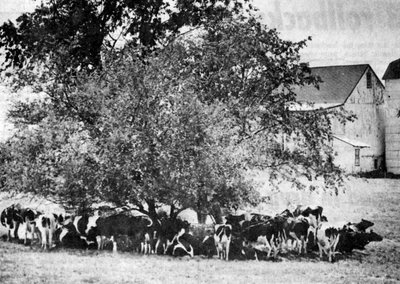
As an additional note, a brief story that ran with the photos noted:
“High pressure will remain stationary over the southeastern United States and Pennsylvania will continue to swelter in the continuing hot, humid and increasingly stagnant air mass over this part of the country.”
Hmmmm.
Some things never change, do they?
 RSS
RSS
